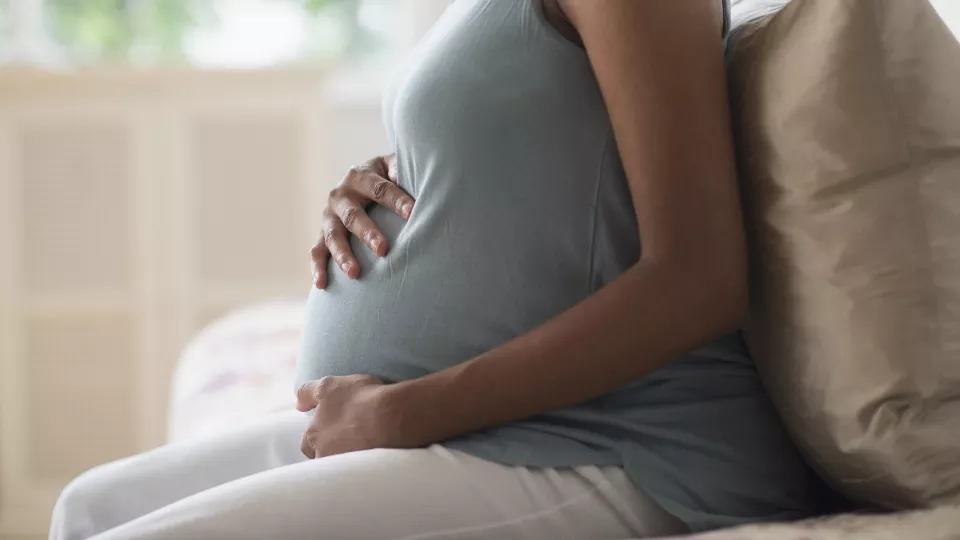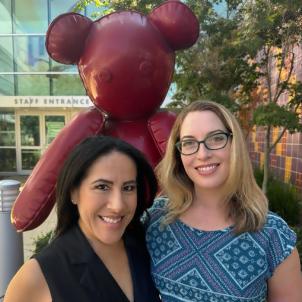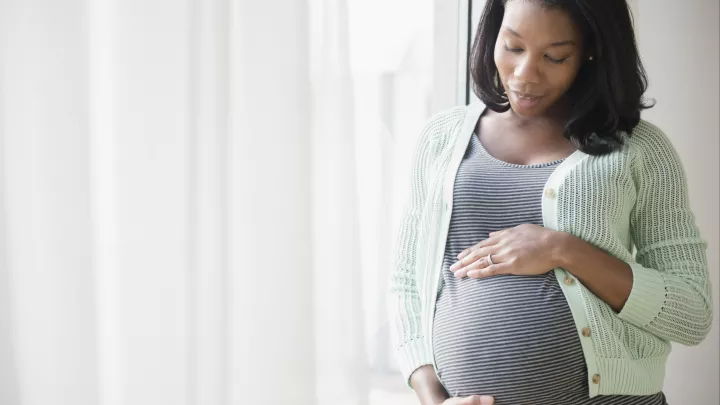
The Gift of Research: Placenta Biobank Donations Enable Examination of Under-Studied Organ
In the U.S. alone, more than 3.5 million babies are born each year. Alongside them, an endlessly fascinating organ that’s essential to a healthy pregnancy: the placenta.
The placenta forms early in pregnancy, providing a vital connection between baby and mom. Then, it’s delivered shortly after the baby during childbirth, and its job is complete.
This tissue holds a myriad of insights that could ensure the health of more moms and babies in the future. Yet, most of the time in the U.S., the placenta is discarded after birth. Further, experts know shockingly little about this organ that helps provide the best start to life for everyone on the planet.
To change this, the Fetal and Neonatal Institute at Children’s Hospital Los Angeles has established the Placenta Biobank—an initiative where families can donate their placental and umbilical cord tissues and cord blood after delivery. Donations to the biobank will empower scientists to form a deeper understanding of the role of the placenta and uncover potential new treatments for pregnancy-related complications.
In pursuit of more effective treatments

“We have markers of function and effective medications for disorders of the heart, liver, lungs—doctors can measure how well an organ is working and give medications to help the organ work better. We don't yet have these for the placenta,” says Claire Baldauf, MD, a neonatologist in the Steven & Alexandra Cohen Foundation Newborn and Infant Critical Care Unit (NICCU) at CHLA.
The donations are banked to help scientists study a variety of conditions, including pre-eclampsia, gestational diabetes, placental anomalies, preterm labor, and neonatal cardiac, brain/spine, gastrointestinal and pulmonary conditions.
“Just seeing the compassion and humanity these moms have to help other moms is a really beautiful thing,” says Talaya Martinez, research coordinator for the Placenta Biobank, and the main point of contact for moms who choose to donate.
The power of the placenta
The placenta grows during the early days of pregnancy and embeds itself into the uterine wall, serving as the “mediator” between mom and baby. “People tend to think of the placenta as the mom's organ,” says Dr. Baldauf, “but it’s the baby’s—they grow their own placenta.” Its job is to pull oxygen, nutrients, hormones and even brain neurotransmitters through the umbilical cord.
When the placenta doesn’t function properly, the baby misses out on key resources essential to growth. The consequences of an underperforming placenta can be significant during pregnancy—even decades into a person’s life, Dr. Baldauf explains. Research from large, epidemiological studies shows that under-functioning placentas have been associated with a greater risk for chronic disease at even 50 or 60 years of age.
“One of the things we want to understand is what happens to the baby if there's an oxygen-poor environment, or the baby's just not getting enough blood,” says Dr. Baldauf, “What happens to the organ and is there something we can do to improve baby’s environment? We can better understand these relationships by looking at DNA, RNA and cells within these tissue samples.”
How the Placenta Biobank works
The biobank currently accepts donations from expecting patients of the Fetal-Maternal Center at CHLA, or patients whose baby was born at an outside hospital but transferred to CHLA after delivery. For families who choose to participate, CHLA staff coordinate with the delivery hospital to collect these tissues after the baby is born.
The process itself is a quick one: “The placenta is a living, breathing thing,” Dr. Baldauf emphasizes. “As soon as it's disconnected from mom, it starts to die. We can't delay.”
From delivery room to lab:
- After delivery, the placenta is put into a container and refrigerated.
- Staff from the delivery hospital send the placenta to CHLA, or it travels with the baby on the transport isolette to the NICCU or the CTICU.
- CHLA staff bring the placenta to the Pathology Lab at CHLA.
- Pathologists process, freeze and store the placenta for future study.
- Doctors record de-identified clinical information for each sample.
- Researchers request samples based on the projects they’re working on.
Dr. Baldauf emphasizes that highly standardized collection processes like these add rigor to study practices and empower scientists to produce the same scientific result across an infinite number of studies: “Reproducible data is a really important part of getting research from the lab to the bedside to help patients.”
While samples from the biobank help inform Dr. Baldauf’s ongoing research and other CHLA researchers, the Biobank encourages open research; scientists from any institution can request samples for their studies. “This initiative is fostering collaboration among placental researchers. It’s the name of the game in science. That's how you do the most impactful work. I’m really excited about that.”
Moms’ donations help ‘pay it forward’
One year into the initiative, Martinez and Dr. Baldauf are most inspired by how enthusiastically the moms they approach decide to donate. For many, the potential to make a difference for a future mom makes it an easy decision.
“We just don't know enough about what the placenta does yet,” Martinez says. “In the future, we hope this research will empower doctors to identify issues before the baby is even born.”


